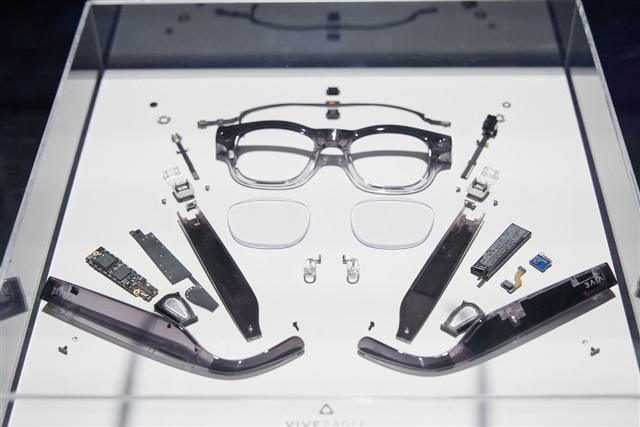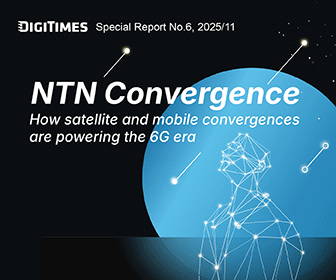The smart glasses market is set to enter a critical year in 2025, with competition escalating among European, American, Chinese, and now Taiwanese companies. Taiwan's HTC Corporation officially announced its entry into this sector on August 14, joining a growing number of players aiming to capitalize on the emerging optical wearables industry.
Unlike the slower adoption trajectory observed with virtual reality (VR) devices, the optical industry expresses cautious optimism about smart glasses, which remain in an early stage. Manufacturers are leveraging their core competencies to establish footholds, while market demand trends continue to unfold.
Growing competition and market potential
Genius Electronic Optical Co. (GSEO), a major lens supplier, highlighted the differing complexities between smart glasses and VR devices from a design standpoint. VR products require multiple complex components, customized to each client's specifications, leading to higher absolute gross profits. However, smart glasses achieve superior gross margin percentages despite lower overall revenue per unit since only one lens is needed per pair.
Currently, both VR and smart glasses contribute roughly 10% each to GSEO's revenues, reflecting their nascent market status. President Lee Kuo noted that VR orders have fluctuated downward due to inconsistent market demand, despite clients continuing to develop new devices. He added that price reductions in VR hardware could stimulate growth.
Conversely, demand for smart glasses is strong but limited in revenue impact because fewer components are required per device. GSEO supplies leading brands across the US and China and has reached mass production of molded glass specifically designed for smart glasses, positioning itself advantageously for future market share expansion.
Several other Taiwanese optical manufacturers are actively investing in smart glasses technology. Zhong Yang Technology (JMO) plans to increase investments, emphasizing their capabilities in glass and plastic aspheric lenses, which are key components for smart eyewear. Kinko Optical focuses on waveguide technology, which accounts for approximately 60% of smart glasses' costs. As Taiwan's first developer of waveguides, Kinko is strategically positioned to contribute to product development in this area.
Largan Technology chairman En-Ping Lin remarked on the broader AR/VR landscape, noting that while brand engagement and market activity are strong, few end-user devices emphasize image capture, which limits demand for high-end lenses. Despite this challenge, Largan remains optimistic about meeting customer specifications as market needs evolve.
Vive Eagle and the future landscape
HTC's entry into the smart glasses market comes with its Vive Eagle model, marketed as Taiwan's only AI-powered glasses product. DIGITIMES analyst Brandon Fang described the market dynamics as a "battle of a hundred glasses" unfolding in 2025, highlighting HTC's nearly entirely Taiwan-based supply chain as a potential advantage in appealing to local consumers.
The Vive Eagle incorporates features such as a sleek design, integrated headphones, camera functions, and AI assistant support, providing a comprehensive user experience. However, its price point—NT$15,600 (approx. US$522.63)—is higher by approximately NT$3,000 compared to Meta Platforms Inc.'s upcoming Oakley Meta model, expected to launch in September.
Currently, Vive Eagle operates on HTC's proprietary app environment without integration into Google's Android XR ecosystem. Future iterations of HTC's smart glasses may adopt Android XR compatibility, which would enable broader integration with mobile functions, operating systems, applications, and Google's Gemini platform.
Smart glasses remain in an early phase where no dominant brand has yet secured major market share. Still, the sector's overall demand outlook is promising amid intensifying competition across established and emerging players from China, Europe, the US, and Taiwan. Moving forward, industry observers indicate that success will depend on effective software integration, competitive pricing, and distinct user-focused features.
Article edited by Jack Wu




